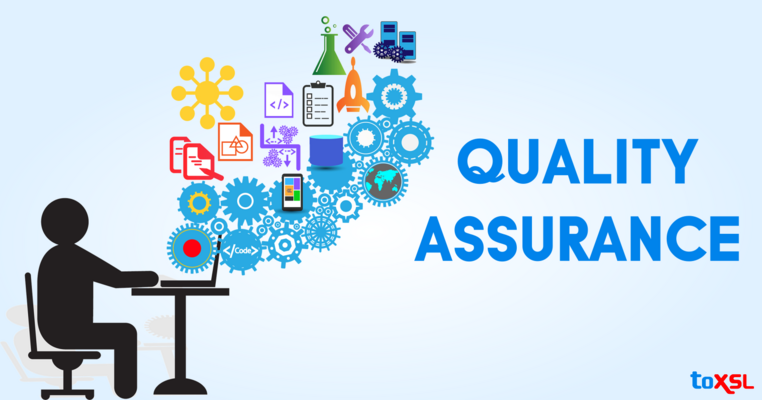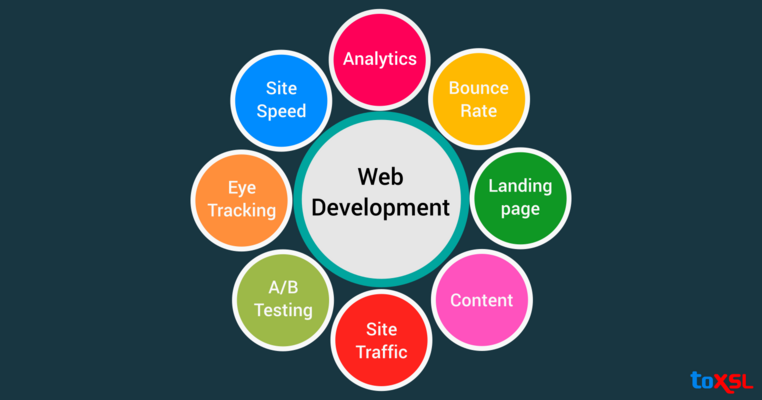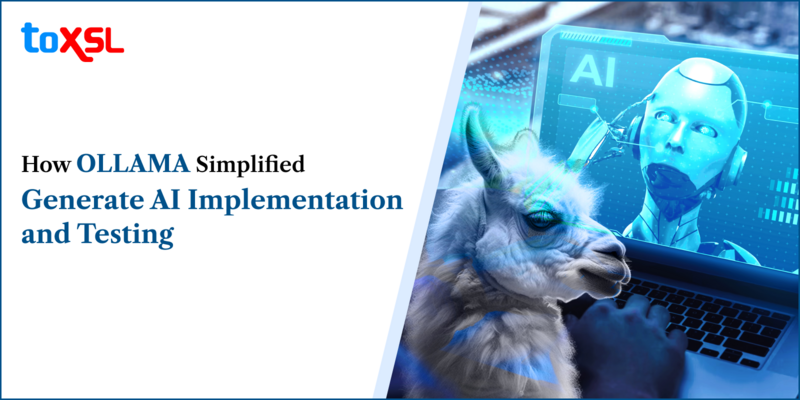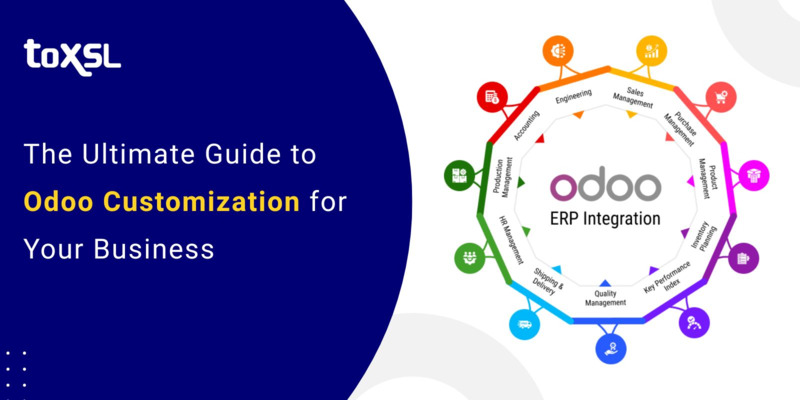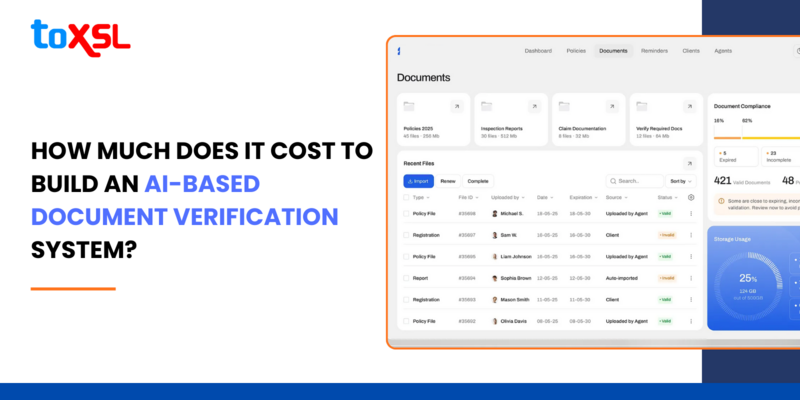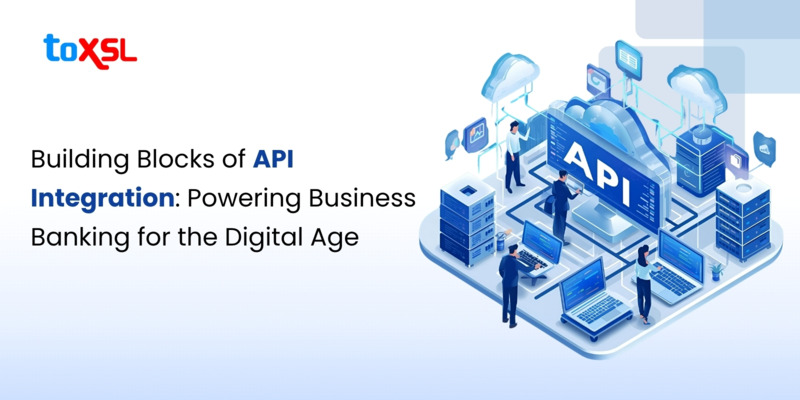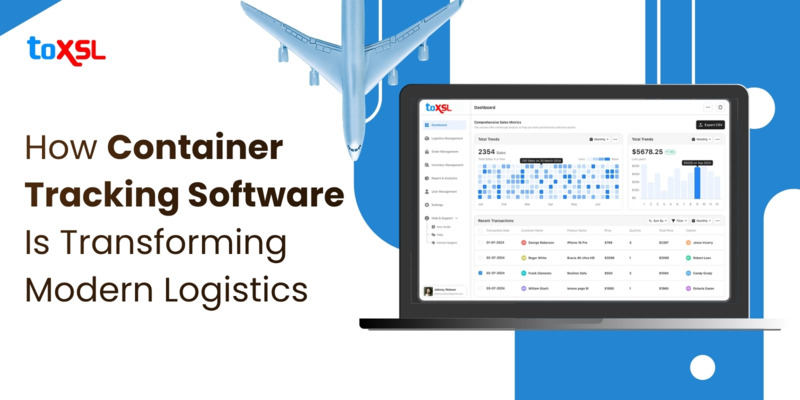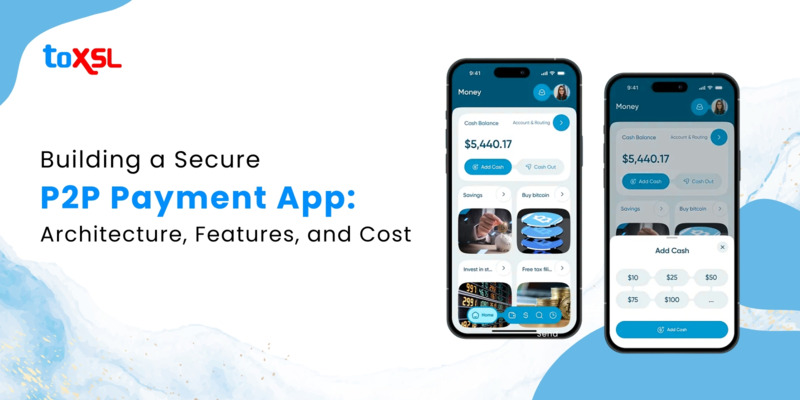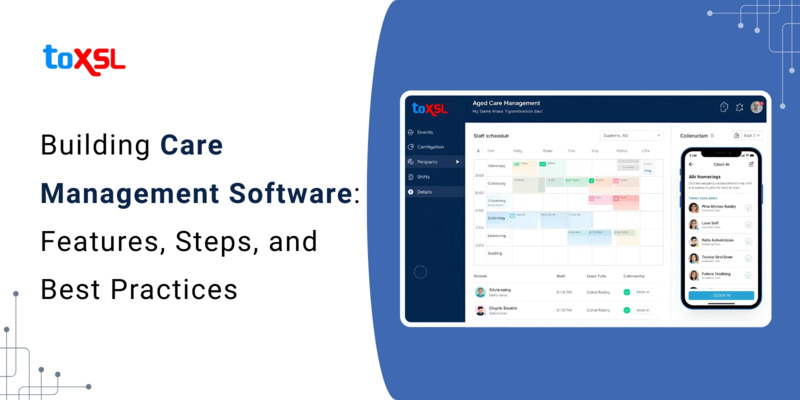- Aug 18, 2025
Share this post on:
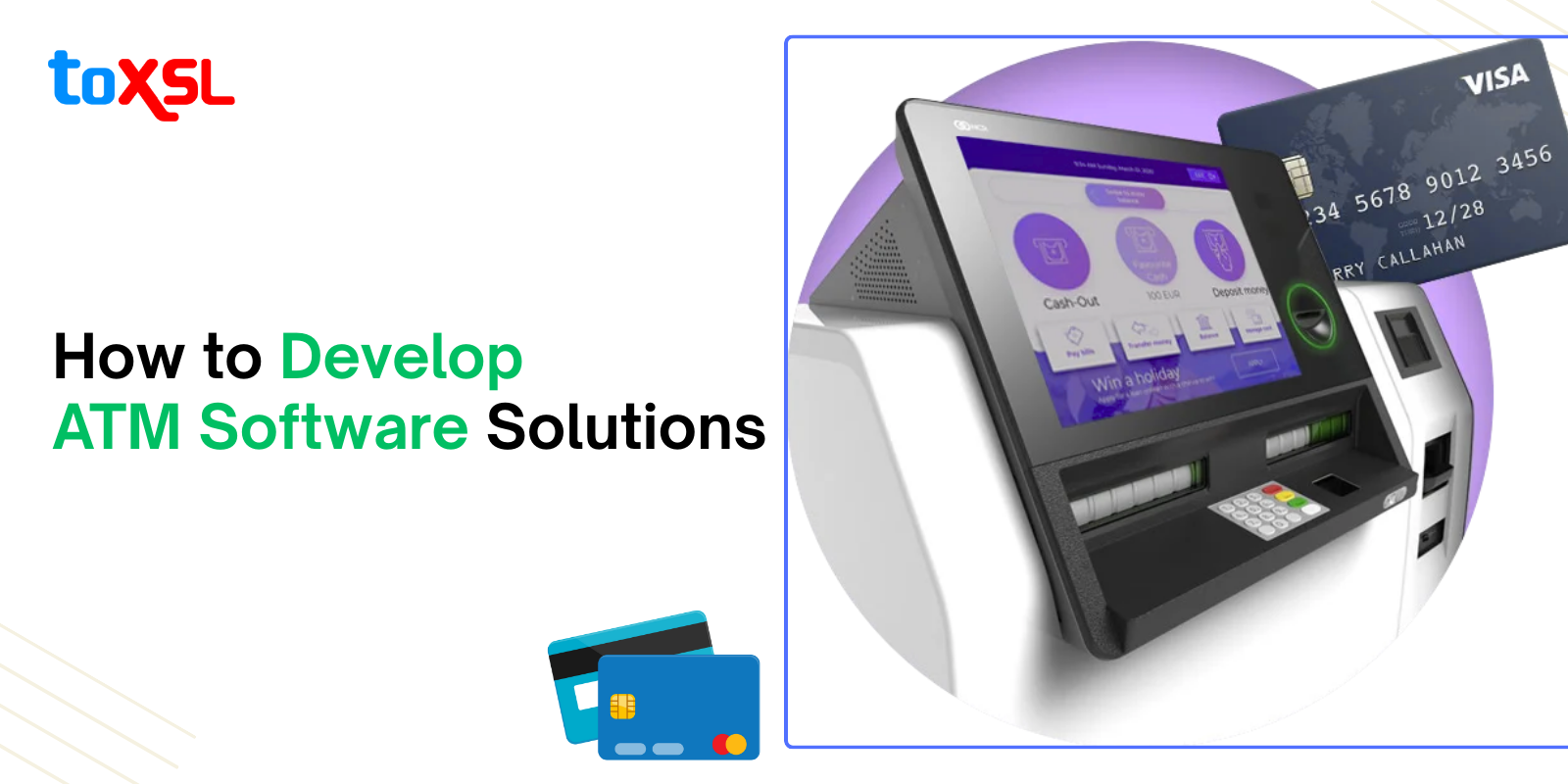
Did you know that the global market size is estimated to reach 7.50 billion by 2030, growing at a CAGR of 4.5%?
Behind every great hardware is a smart software that helps it run smoothly, and ATMs are no exception. ATM software solutions must be reliable, secure, scalable, and simple to use. No one wants to go to an ATM and find a system that is slow, messy, and hard to use. Even though the cash usage is declining, as data from McKinsey shows, ATMs are extremely important. Customers want ATMs to help them with simple banking tasks.
Key Takeaways
- ATM software is fundamental to delivering secure, fast, and seamless banking services through ATMs worldwide.
- The development process involves several stages, including requirements analysis, system design, and coding, among others.
- Security and compliance with industry standards and local regulations are important to protect users from cyber threats.
- Investing in modern ATM software improves customer satisfaction, operational efficiency, and provides a competitive edge in fintech.
- Development costs depend on app features, complexity, technologies, and support requirements.
ATMs are becoming more important to keep a great banking experience for customers. According to data from Insider Intelligence, 42.4% Gen Z value having easy access to ATMs, and when choosing a bank, they consider proximity to an ATM a major factor, despite preferring digital payments and cashless transactions.
To meet these needs, banks require robust ATM software solutions that can offer all these features seamlessly. There are a few ATM software providers capable of delivering advanced services to satisfy the expectations of Gen Z and other customers, ensuring the ATM remains an important part of the modern banking experience.
What are ATM Software Solutions?
ATM software solutions are the specialized software systems that power Automated Teller Machines (ATMs), transforming these devices from simple hardware boxes into secure, efficient, and multifunctional banking terminals available 24/7. This software controls every phase of an ATM transaction—from authenticating users and authorizing transactions to hardware communication (like card readers and cash dispensers), printing receipts, and managing cash levels. The key aspects of ATM software solutions include:
Transaction Processing Engine: Handles core banking activities such as cash withdrawals, deposits, fund transfers, balance inquiries, and bill payments with real-time processing and account verification.
Security and Compliance Modules: Enforce encryption standards (like PCI-DSS), fraud detection, biometric and multi-factor authentication, and compliance with regulations such as EMV for chip cards.
Cash Management System: Monitors cash inventory in real time, forecasts replenishment needs, and helps optimize cash handling logistics.
Remote Monitoring Platform: Enables network operators to oversee ATM health, track transactions, receive alerts on hardware issues, and manage software updates remotely.
User Interface Layer: Provides easy-to-use touchscreen menus, multi-language support, and additional services like contactless and cardless transactions, mobile wallet integration, and, in some cases, video teller sessions.
Steps to develop ATM Software Solutions
Developing ATM software is a multi-phase project that requires meticulous planning and execution to ensure robustness, security, and seamless user experience.
Requirement Analysis and Planning: Do you know all the necessary information regarding your software? The requirement and planning phase includes the list of all banking transactions your ATM will allow, including cash withdrawals, deposits, balance checking, fund transfer, and bill payments. With that, know the exact hardware that your ATM software will control, including card readers and cash dispensers. Ensure that you plan all the requirements in a way that your software is scalable and user-friendly.
Software Architecture and Design: Here, in this step, thebusiness develops a detailed plan for how the software will be organized and structured. This means deciding the layers of the software and how they communicate. Design includes developing an intuitive user interface, following design principles, planning encryption for data security, and considering support for multiple languages.
Development and Programming: The end goal is to ensure that ATM software runs well on various ATMs and is secure. In this stage, developers write the actual code using reliable, secure languages such as Java, C++, and C#. This involves developing the user interfaces, transaction handling codes, and integrating security methods such as encryption and biometric authentication.
Hardware and Banking System Integration: Hardware and software must be able to communicate well with the bank’s backend systems that authorize transactions and update account data. This step involves developing middle ware and APIs to allow real-time, reliable data exchange between these systems and handling errors easily.
Testing and Quality Assurance: Constant testing is a way of ensuring that ATM software is working well under all circumstances. Functional testing checks if the features are working as intended, performance testing checks if the software is able to handle numerous users, and load testing checks the behavior under heavy usage. Further, ATM simulators easily test the software without needing physical machines.
Deployment and Rollout: Once the software is successfully tested, it is installed on actual ATMs. During deployment, remote monitoring is set up so operators can track transactions, machine health, and cash levels. Further, the rollout should be smooth to avoid disruptions, and systems for quickly recovering from failures or rolling back updates must be ready.
Continuous Support and Maintenance: Even after the software is live, ongoing support is vital. This includes issuing security patches, updating the software for new compliance requirements, fixing bugs, and adding features based on customer feedback. Maintenance ensures the system remains secure, functional, and compliant over time.
Step | Development Phase | Description | Key Focus Areas |
|---|---|---|---|
1 | Requirement Analysis and Planning | Gather and document all functional and non-functional requirements. Define supported transactions (withdrawal, deposits, etc.), hardware interfaces (card readers, cash dispensers), and compliance mandates. | Functional specs, regulatory compliance (PCI-DSS, EMV), scalability, user experience considerations |
2 | Software Architecture and Design | Define the software’s technical architecture, including frontend (ATM interface), backend processing, middleware, security modules, and integration points. Establish UI/UX design principles. | Modular design, API frameworks, encryption standards, multi-language support |
3 | Development and Programming | Implement the software components using secure programming languages like Java, C++, or C#. Develop user interfaces, transaction logic, hardware drivers, and security features. | Code quality, hardware compatibility, secure coding practices, biometric and multi-factor auth |
4 | Hardware and Banking System Integration | Develop APIs and middleware for communication between ATM software and physical hardware components as well as core banking systems and payment networks. | Real-time data exchange, transaction integrity, error handling, synchronization |
5 | Testing and Quality Assurance | Conduct exhaustive functional, security, performance, and load testing. Use ATM simulators to validate transactions. Ensure software handles edge cases and complies with security protocols. | Penetration testing, user acceptance testing, automated regression tests |
6 | Deployment and Rollout | Deploy the software incrementally on ATM machines. Configure remote monitoring systems for transaction logging, system health tracking, and cash level management. | Seamless launch, disaster recovery readiness, remote update capabilities |
7 | Continuous Support and Maintenance | Provide continual technical support, security updates, compliance upgrades, and feature enhancements based on user feedback and emerging requirements. | Rapid patching, customer support, analytics-driven improvement, maintaining regulatory compliance |
Why does your business need to invest in ATM software solutions?
Here are a few top reasons that make the purpose of investing in ATM software solutions clear.
Enhanced Customer Experience: Modern ATM software offers intuitive user interfaces, multi-language support, contactless and cardless transactions, and integration with digital wallets, meeting evolving user expectations.
Operational Efficiency: Automated management tools monitor cash flow, schedule maintenance, and reduce downtime, saving costs and improving reliability.
Security and Compliance: Specialized software enforces encryption, biometric authentication, and transaction fraud detection — safeguarding your customers and institution.
Competitive Edge: Offering advanced ATM services helps attract and retain customers who value convenience and cutting-edge fintech solutions.
Data Insights: Analytics components provide insights on transaction patterns, enabling targeted marketing and operational improvements.
Cost to Develop ATM Software Solutions
The development cost depends on the complexity, features, security levels, and ongoing service requirements of the ATM software. The cost to develop ATM software varies based on scope and complexity. However, careful budget planning, considering business goals and regulatory requirements, helps optimize ROI:
Basic ATM software solutions with standard functionalities like cash withdrawal, balance inquiry, and PIN verification may start from $10,000 to $50,000.
Intermediate ATM software solutions include multi-language support, basic hardware integration, ranging from $50,000 - $75,000+ or more.
Advanced ATM software solutions featuring biometric authentication, multi-currency support, integration with digital wallets, and remote monitoring can range from $75,000 - $100,000+ or more.
Ongoing costs include maintenance, updates, security patches, and support services.
Costs also depend on the development team’s expertise, technologies used, geographic location, and project timeline.
Software Complexity | Features Included | Estimated Development Cost Range (USD) |
|---|---|---|
Basic | Cash withdrawal, balance inquiry, PIN verification, receipt printing | $10,000 - $50,000 |
Intermediate | Deposit functionality, multi-language support, basic hardware integration | $50,000 - $75,000 |
Advanced | Biometric authentication, contactless/cardless transactions, multi-currency, digital wallet integration, remote monitoring | $75,000 - $100,000+ |
Ongoing Maintenance & Support | Security patches, regulatory compliance updates, performance monitoring | $10,000 - $50,000 annually |
However, numerous factors affect the cost of ATM software development, including:
Custom vs. Off-the-Shelf: Custom-built solutions offer more flexibility but are more expensive.
Security Requirements: High-end encryption and fraud detection will significantly add to costs.
Integration Complexity: More complex backend and third-party integrations increase the cost.
Conclusion
ToXSL Technologies is a leading software services company, helping businesses worldwide develop the best ATM software solutions. The development process of ATM software can be complex and challenging, but our skilled development, design, and testing team simplifies the entire process for you. Want to know how we do that? Contact us to learn more.
Frequently Asked Questions
1. What programming languages are best for ATM software development?
Java, C++, and C# are widely used due to their performance, security features, and compatibility with banking hardware.
2. How long does ATM software development typically take?
Development timelines can range from 6 months to over a year, depending on software complexity and feature requirements.
3. What security standards should ATM software comply with?
ATM software must comply with standards such as PCI-DSS for payment security, EMV for chip card transactions, and local banking regulations.
4. Can modern ATM software support cashless transactions?
Yes, many ATM systems now support contactless cards, mobile wallets, and cardless withdrawals via mobile app integration.
5. Is ongoing support important after ATM software deployment?
Definitely. Continuous support, including security updates, bug fixes, and regulatory compliance upgrades, is critical to maintain operational integrity and user trust.



